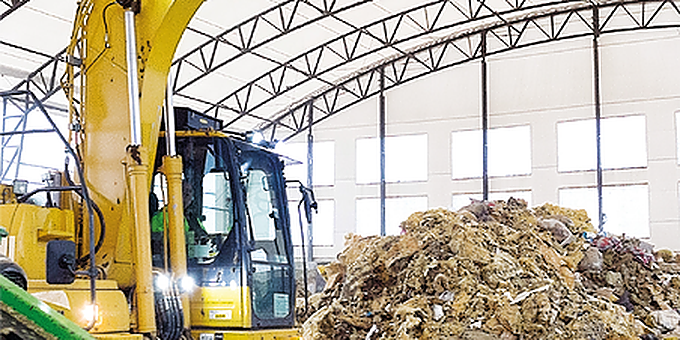
2. Mapping ROCKWOOL's Current Value Chain
At present, the majority of materials used throughout ROCKWOOL's value chain is still lost to landfills and emissions
Of the resources used, the most prominent material flows refer to the mineral and fossil resources used as input for products and as fuel, respectively. At present, the majority of these come from virgin sources, meaning they are extracted from the earth rather than sourced from recycled or regenerative materials.
Once produced, stone wool products are delivered to the construction site and then serve their purpose stocked in the final buildings until it is demolished. Stone wool products are naturally durable and usually outlast the lifetime of other components in the building. Yet, most of them reach the end of their useful life after demolition. At the end of life, a significant share of products and materials is already being recycled and some construction materials are returned directly back into the value chain. However, the majority of stone wool insulation still ends up in landfills where it is mixed with other demolition waste streams and adds to the vast volumes of waste materials that are unavailable for further use.

Three key leverage points to become more circular were identified.
These refer to (1) the use of more non-virgin and renewable rather than virgin rock and fossil materials, (2) the development of high- value and circular product applications as well as (3) capturing value in construction and demolition waste materials. The following pages showcase different levers related to these leverage points and their potential to improve circularity across different parts of ROCKWOOL's value chain.